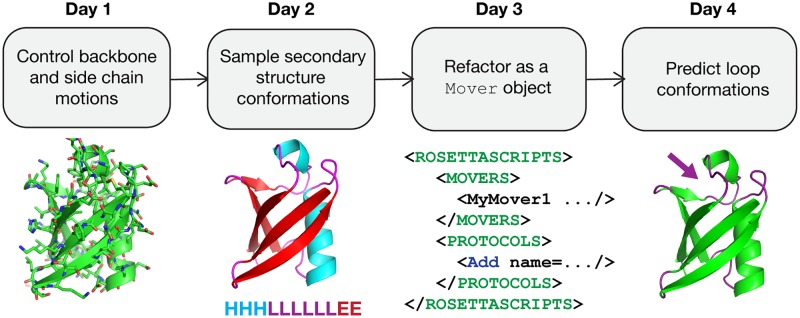Fig 1. Overview of the “Build your own Rosetta protocol” lab.
During the evenings, students worked on a lab activity designed to guide them through the process of writing a Rosetta protocol that takes advantage of different sampling strategies. On Day 1, students outlined a basic Rosetta executable that perturbed structures and then recovered from the perturbation using side-chain packing and whole-structure minimization. On Day 2, students used the FoldTree to restrict the propagation of structural perturbations by partitioning the structure by its secondary structure. On Day 3, students wrapped their protocol in a Mover class that could be hooked into the job distribution system and our XML-based scripting language, RosettaScripts. On Day 4, students applied the CCD method to close loops opened by their perturbations. Day 5 was unstructured time for students to complete their labs. CCD, cyclic-coordinate-descent.

